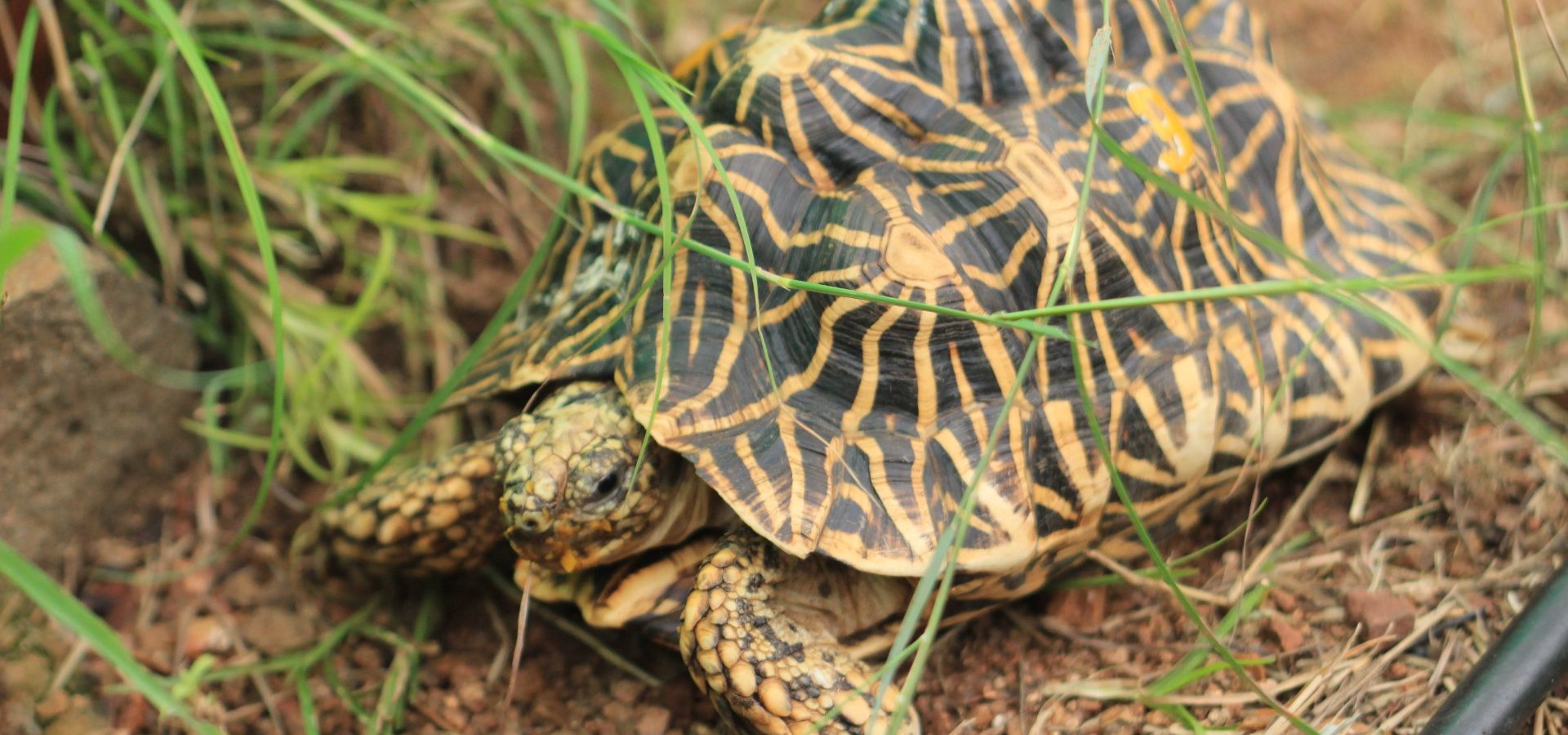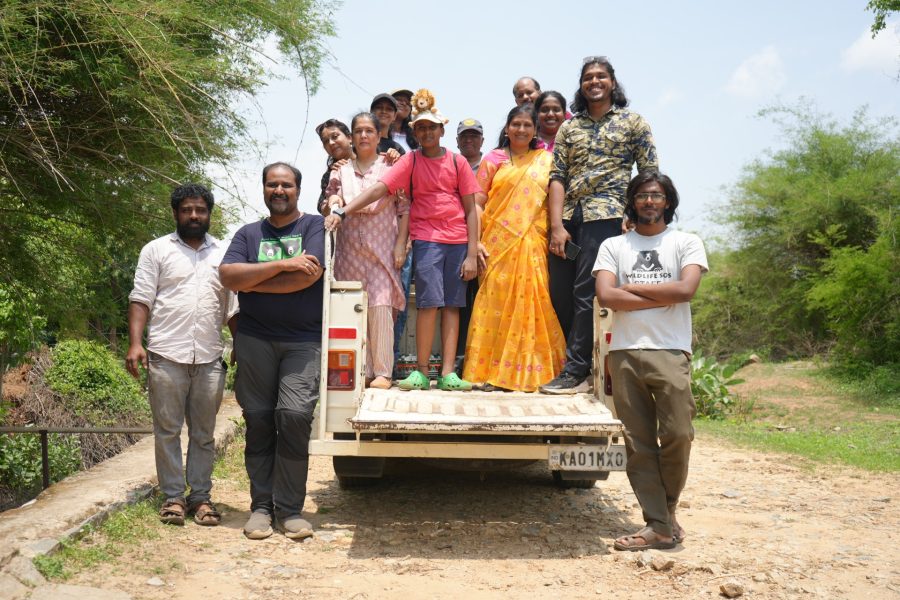Who wouldn’t want a star at their home? After all, raising a star has its own charm and satisfaction. But wait, we aren’t referring to human celebrities. There’s another animal that has garnered the eyeball of human beings by simply being too attractive. The animal in conversation is the Indian star tortoise, which gets its name due to the unique pattern on its carapace.
Each scute of the tortoise’s shell has a yellow dot at its center, with lines radiating outward. This pattern forms an attractive and distinctive star-like appearance, making it one of the most beautiful animals to exist. A tortoise can vary anywhere between 7-12 inches, though offspring are equivalent to the size of an adult human’s palm! However, the population size can differ based on where they are native to. For instance the tortoises found in India are slightly larger than the ones found in Sri Lanka and Pakistan.
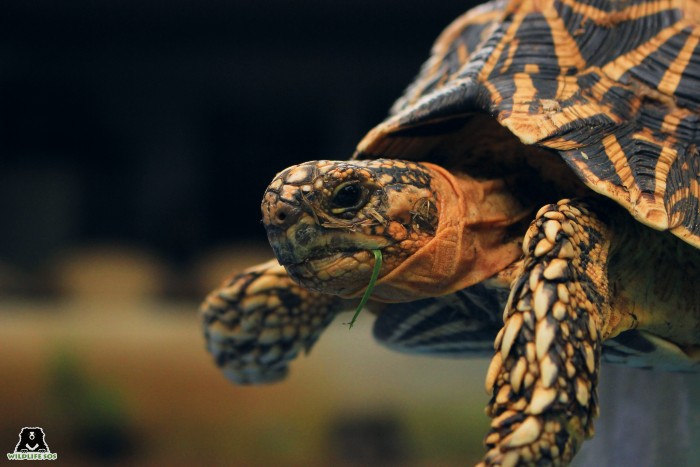
All that being said, the extraordinary pulchritude of the star-patterned carapace from which the tortoises get their name, makes them the target of illegal pet trade, and thus the black market.
What’s in that Bag?
The Indian star tortoise is listed as ‘Vulnerable’ by the International Union for Conservation of Nature (IUCN). But their jaw-dropping beauty also acts as a magnet and attracts many perils. They are easy to care for and have a long lifespan, and add to that the superstitious belief in parts of south-east Asia that tortoises bring good luck.
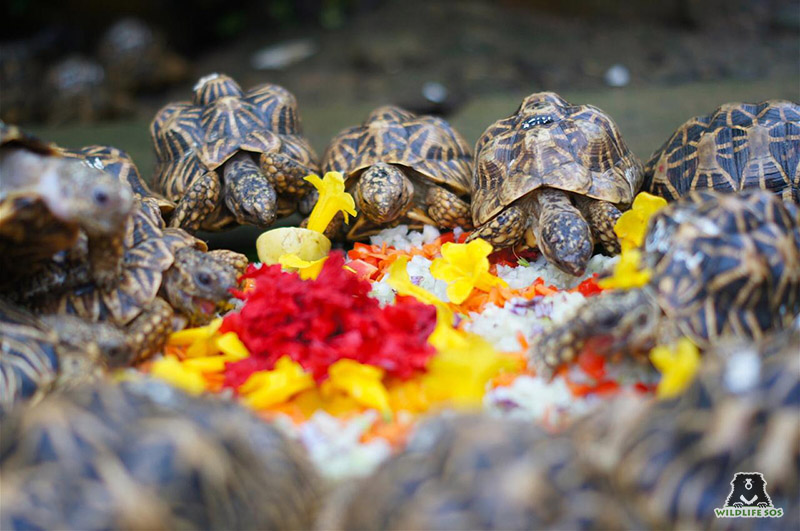
All these factors combined lead to thousands of star tortoises being placed inside briefcases and shopping bags, only to be trafficked from their native habitats in Pakistan, India and Sri Lanka. Their destination? South-east Asian countries like Thailand, Cambodia and Malaysia, along with Europe and USA. The Convention on International Trade in Endangered Species of Wild Fauna and Flora (CITES) places the Indian star tortoise under appendix I.
After advocacy efforts from India, Sri Lanka, Bangladesh and Senegal, the international commercial trade of these tortoises was banned when in 2019, the species moved from appendix II to I. However, it is the most smuggled tortoise species in the world. While India remains the primary source for poached wild tortoises, the demand of Sri Lankan tortoises is also making the island nation a smuggling and transit hub.
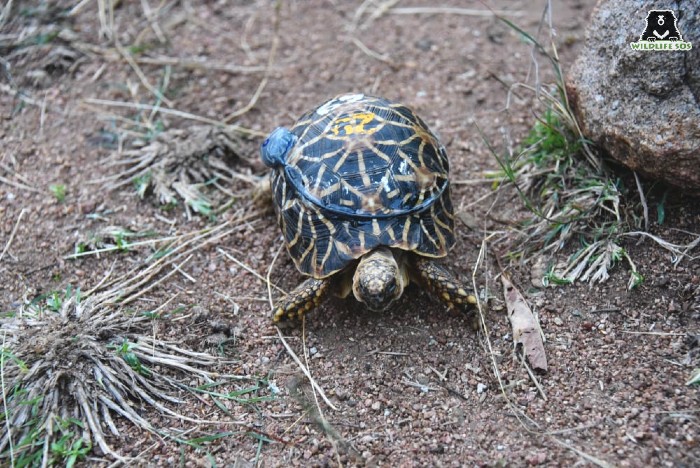
A staggering 6,040 tortoises were seized in 2017 alone, from 11 different incidents in India, Sri Lanka, Cambodia, Malaysia, Singapore and Thailand. As per a news report, 3,500 star tortoises were seized by authorities across 24 incidents in 2020 and 2021, after the CITES ban came into effect. Over a 10-year period from 2012-2022, the year 2017 witnessed the highest number of tortoises being seized in a single year.
Battling Implementation Hurdles
While these numbers do not convey a positive sign, there is the additional worry about the stress these tortoises have to undergo. They are taped and packed tightly inside vegetable cartons or suitcases in the cargo. It is perhaps due to the negligence of the customs staff at airports that they slip past scrutiny and enter different countries.
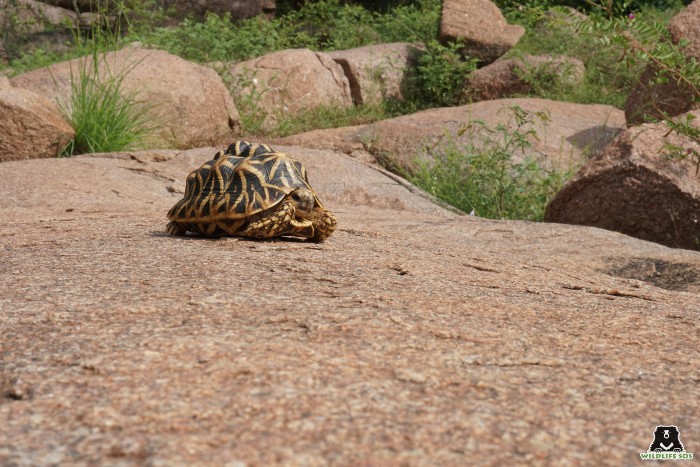
This is where the loopholes come in. Though CITES bans international trade of star tortoises, once they enter a particular country, the jurisdiction of the international treaty is no longer applicable inside the nation’s borders due to legal protections only being applicable to native species.
There are also cases where the trade of animals, such as star tortoises, has a light penalty. So the absence of a strong deterrent despite the laws being in place also encourages rampant poaching of this species. That is why conservationists have campaigned for the European Union to follow USA’s footsteps, where the Lacey Act makes it illegal to trade in any species that was collected at the behest of violating laws in its native country.
Wildlife SOS Rescuing Star Tortoises
Wildlife SOS has actively worked to preserve and protect Indian star tortoise populations with their attempts to curb poaching and illegal pet trade of the species. In May 2023, the Wildlife SOS-GSPCA team, in collaboration with the Gujarat Forest Department, seized six Indian star tortoises from an aquarium shop in Vadodara.
Posing as buyers, dummy customers were first sent in by the Wildlife SOS-GSPCA (Gujarat Society for Prevention of Cruelty to Animals) team to the aquarium shop. The owner was paid a token amount and asked to deliver two tortoises. As soon as the delivery was confirmed, a team of forest officers apprehended the culprit.
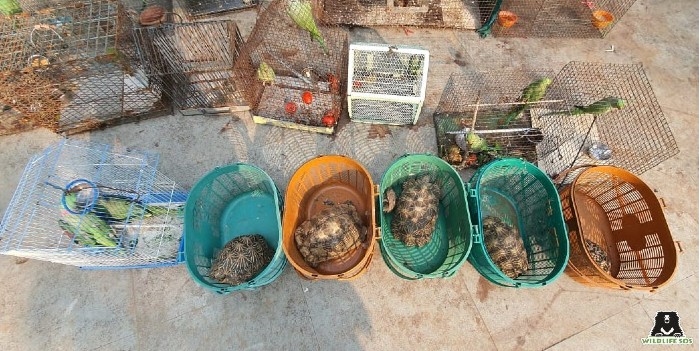
After questioning the shop owner further, the authorities discovered that he was in possession of four more tortoises. Our team retrieved them from his residence and handed all of them together to the forest department.
One of the most successful operations involving star tortoises was when Wildlife SOS facilitated bringing back 50 of them from Singapore. The animals were placed in gunny sacks and smuggled out to Singapore, where Singaporean authorities intercepted the smugglers. Following the interception, Wildlife SOS collaborated with the Karnataka Forest Department and a Singapore-based NGO called ACRES to safely bring them back home. This operation stands as a testament to the potential of cross-border international cooperation in tackling wildlife trafficking.
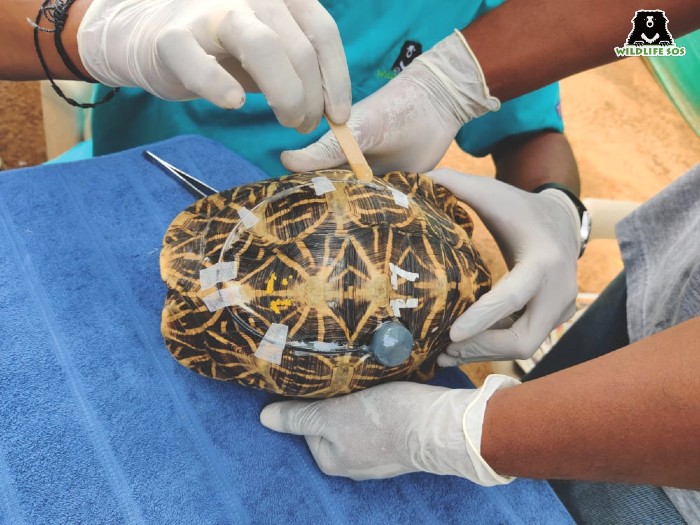
So next time we come across this star-studded celebrity of the wild, let us make sure we appreciate their beauty from a distance, and discourage people from keeping them as pets at all. Another way to support their conservation and preserve their population is to become a monthly donor for Wildlife SOS, and enable us in our efforts to end the needless trafficking of these wonderful animals.

